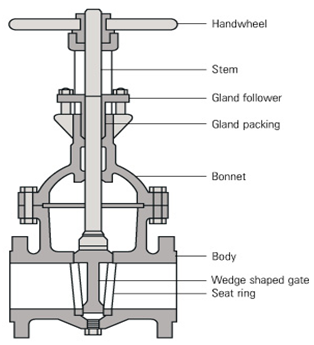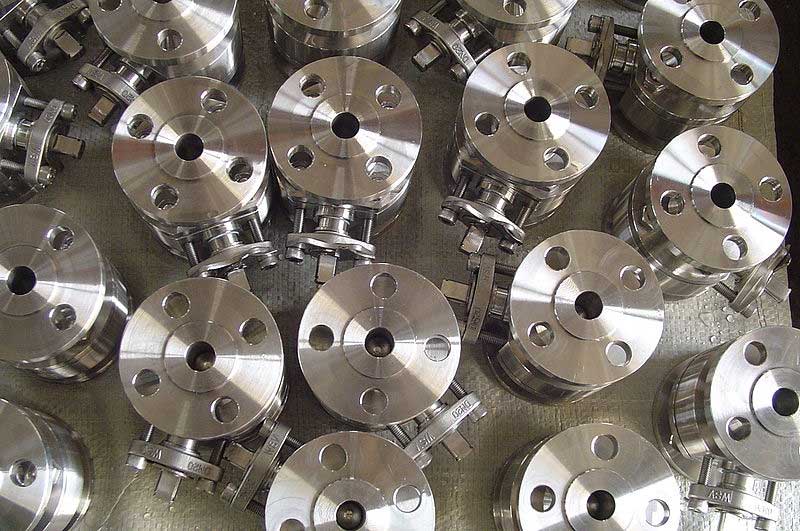Now that we have some basic knowledge of what a Gate Valve is and how it works, let’s see how it is made and its parts.
- Body – it is also called This is the primary pressure boundary of a valve. It serves as the principal element of a valve assembly because it is the framework that holds everything together.
- Bonnet – This is the cover of the opening of the valve body. It is cast or forged of the same material as the body and is connected to the body by a threaded, bolted, or welded joint. In all cases, the attachment of the bonnet to the body is considered a pressure boundary. This means that the weld joint or bolts that connect the bonnet to the body are pressure-retaining parts

- Disk –Provides the capability for permitting and prohibiting fluid flow. Disks are typically forged and, in some designs, hard-surfaced to provide good wear characteristics.
- Seat –Provides the seating surface for the disk. In some designs, the body is machined to serve as the seating surface and seal rings are not used. In other designs, forged seal rings are threaded or welded to the body to provide the seating surface.
- Stem – connects the actuator and disk, is responsible for positioning the disk. Stems are typically forged and connected to the disk by threaded or welded joints.



Leave A Comment